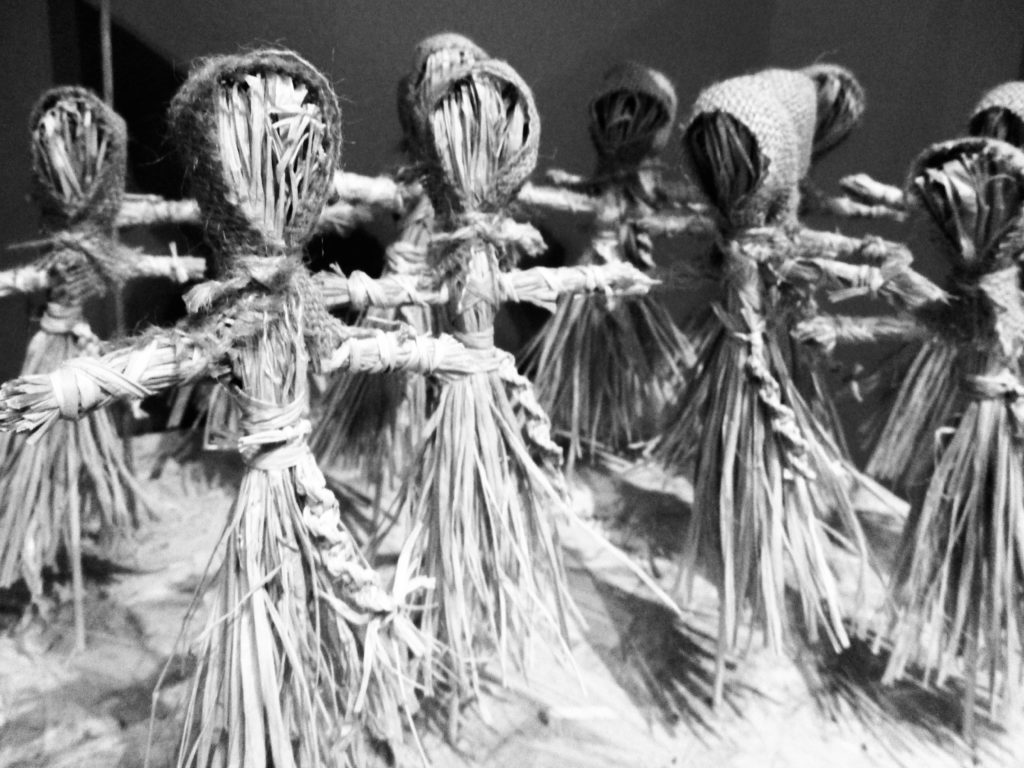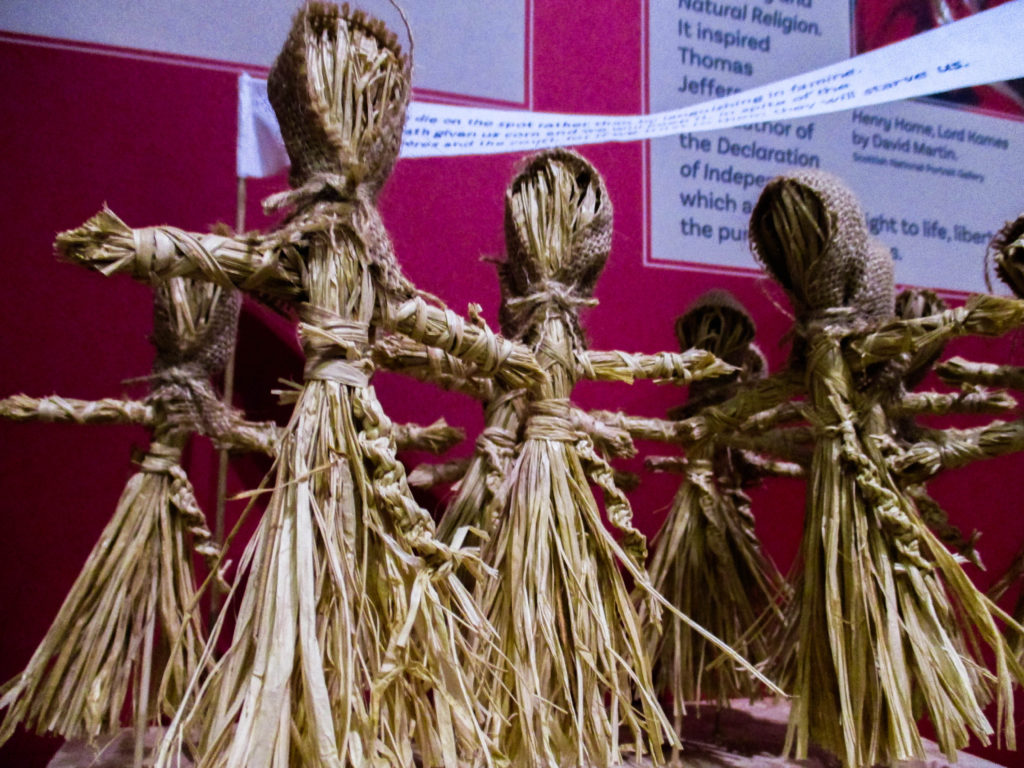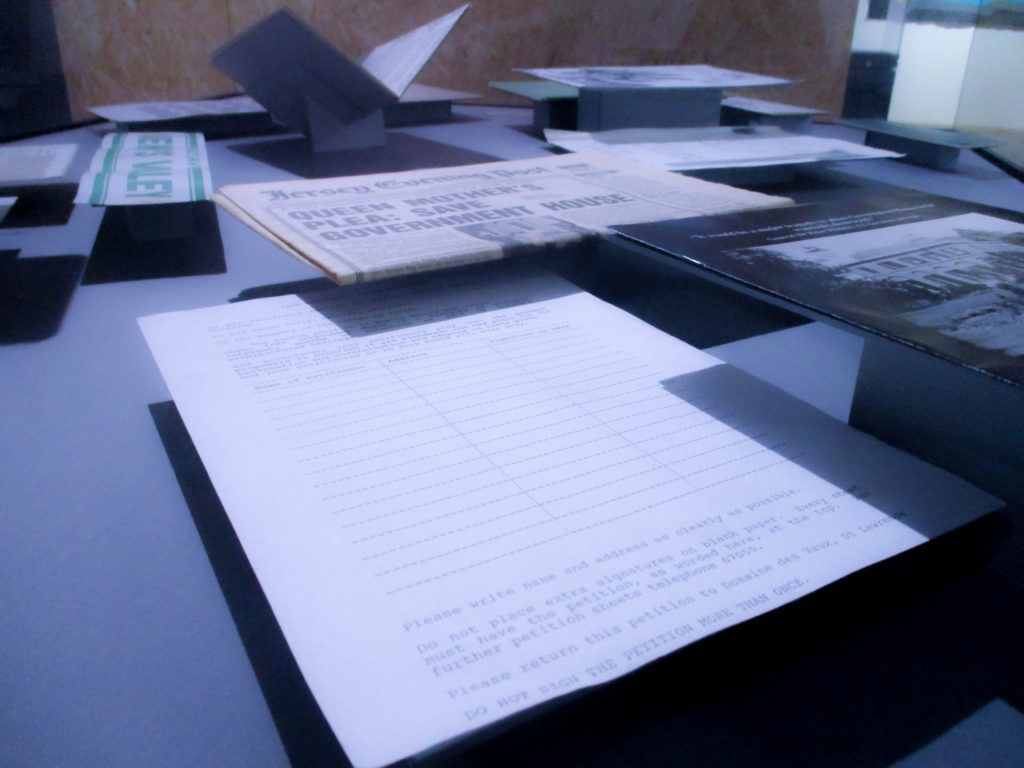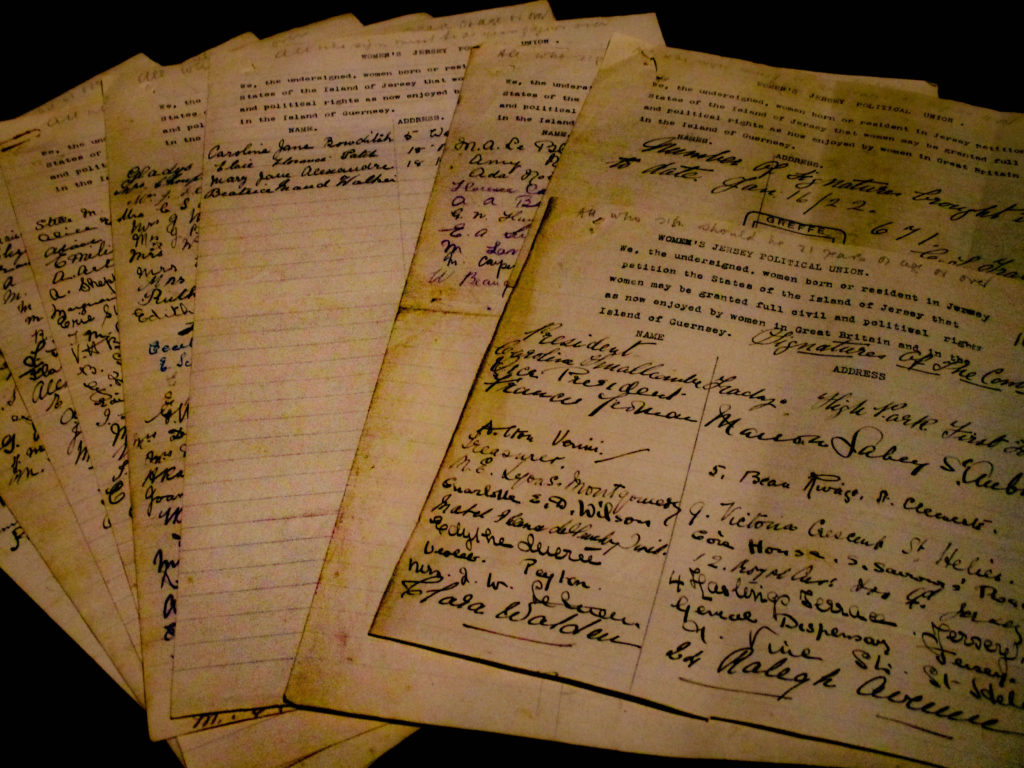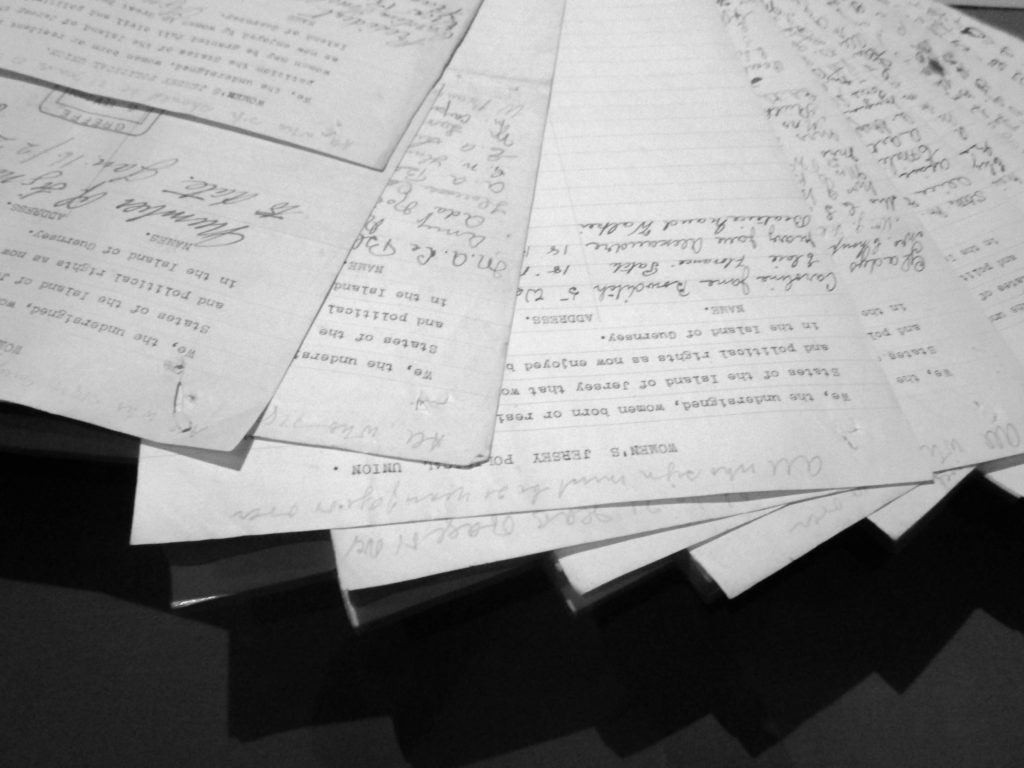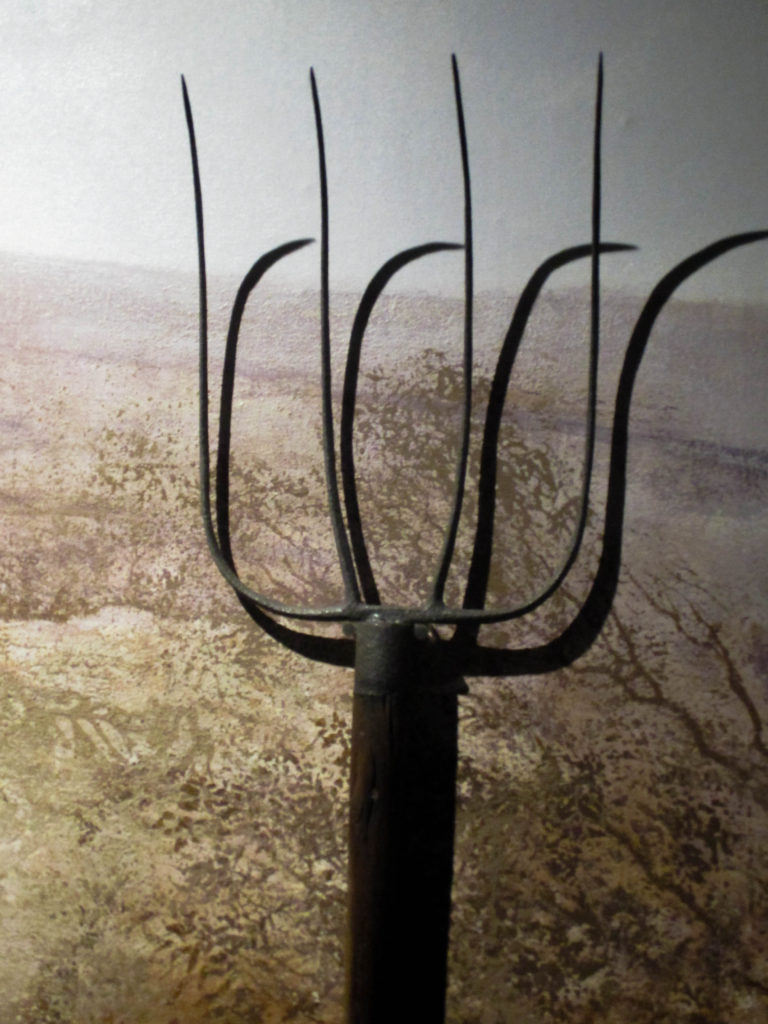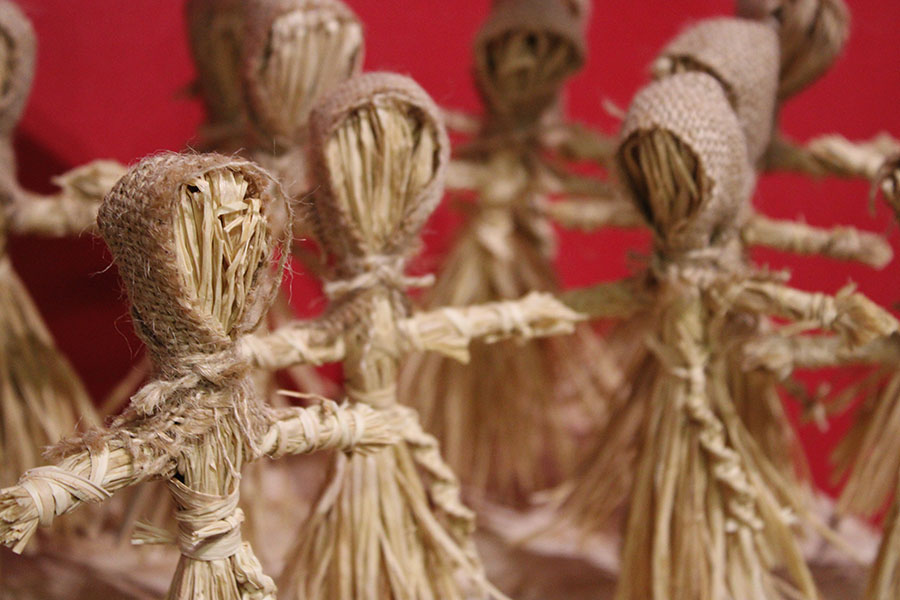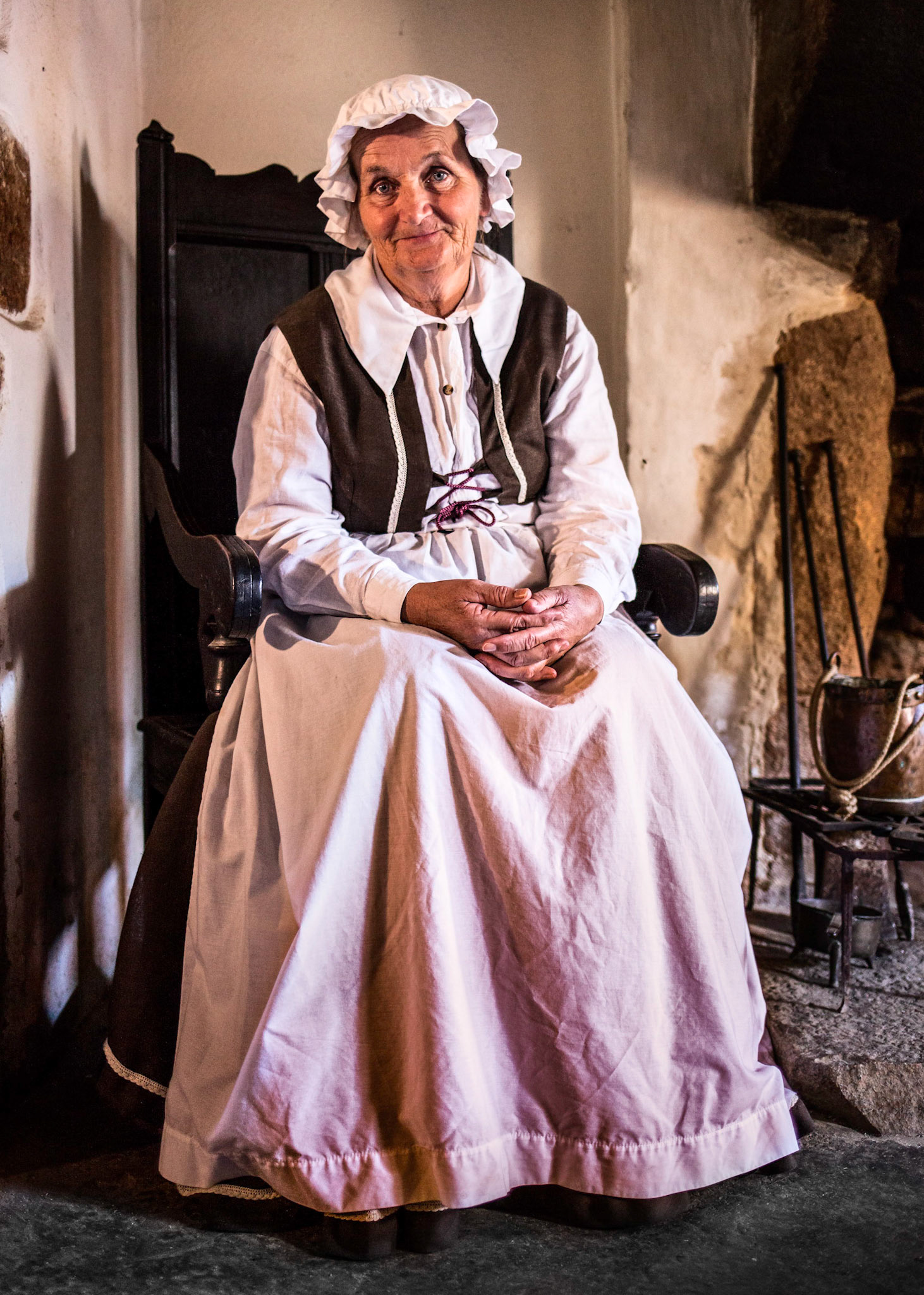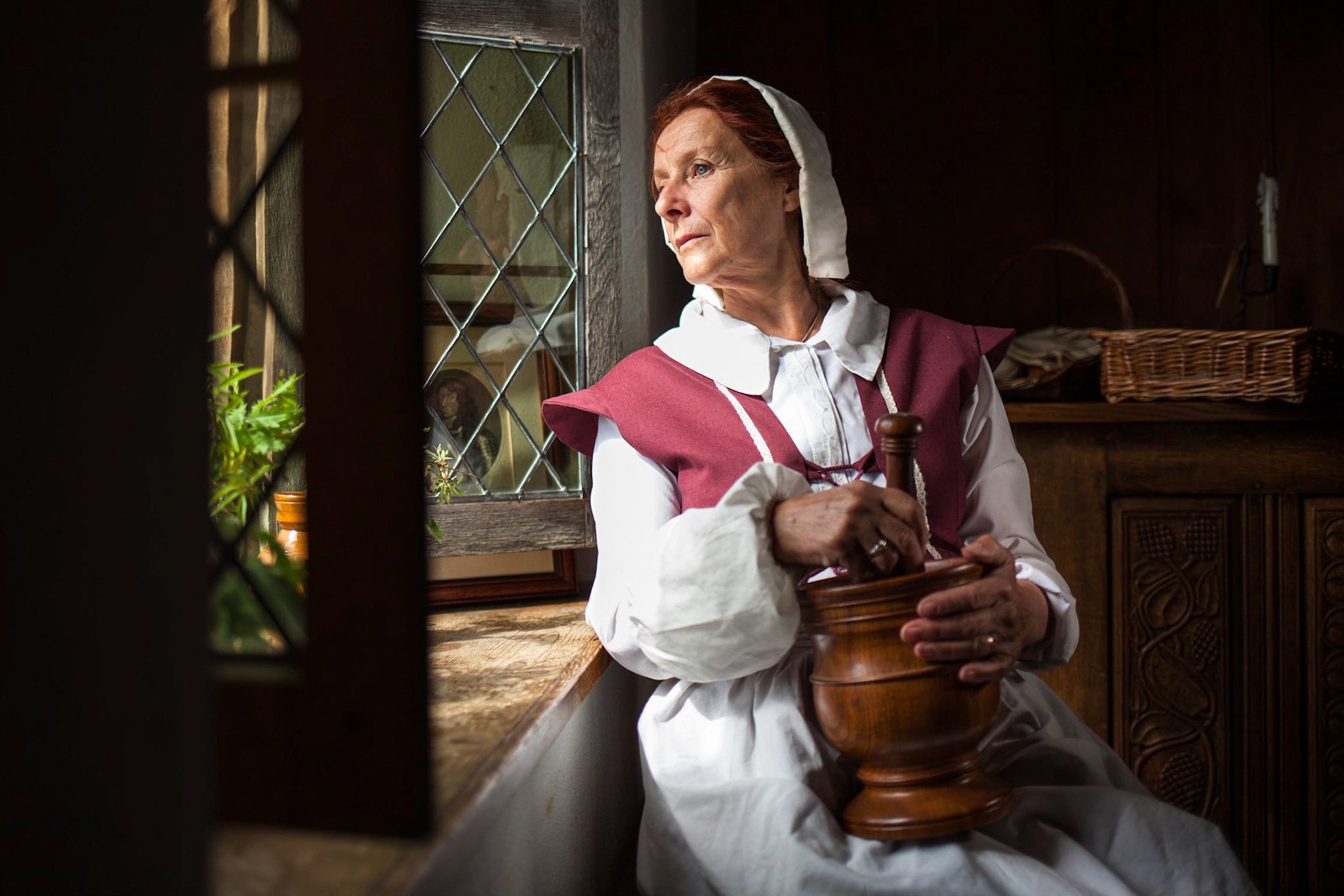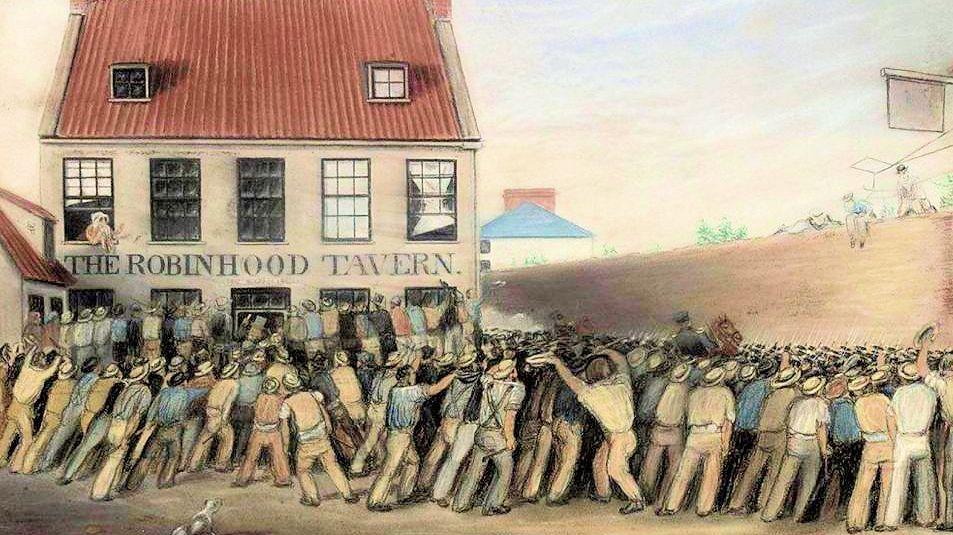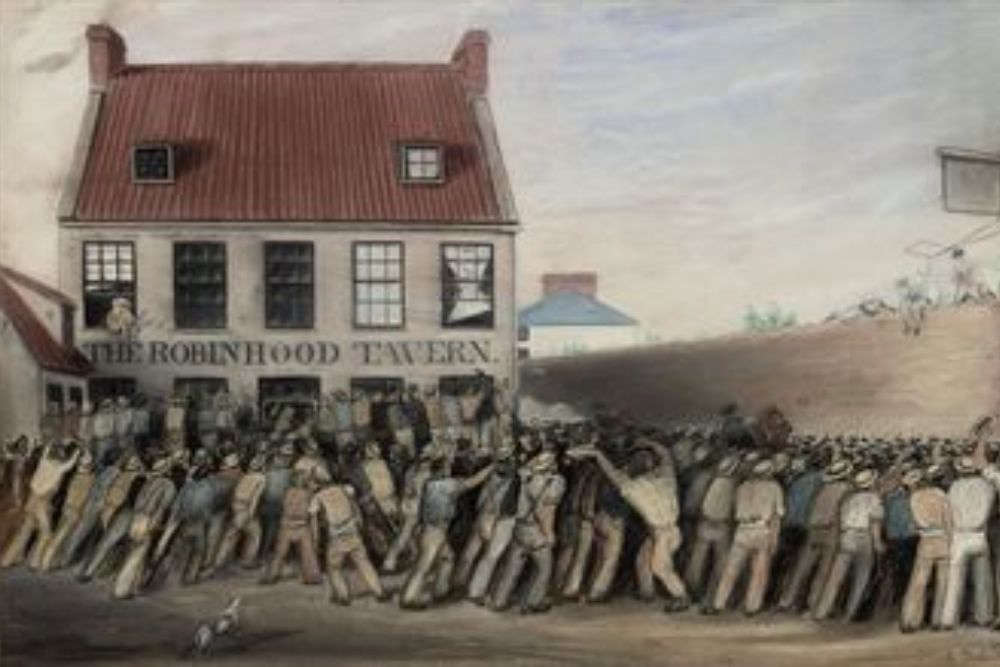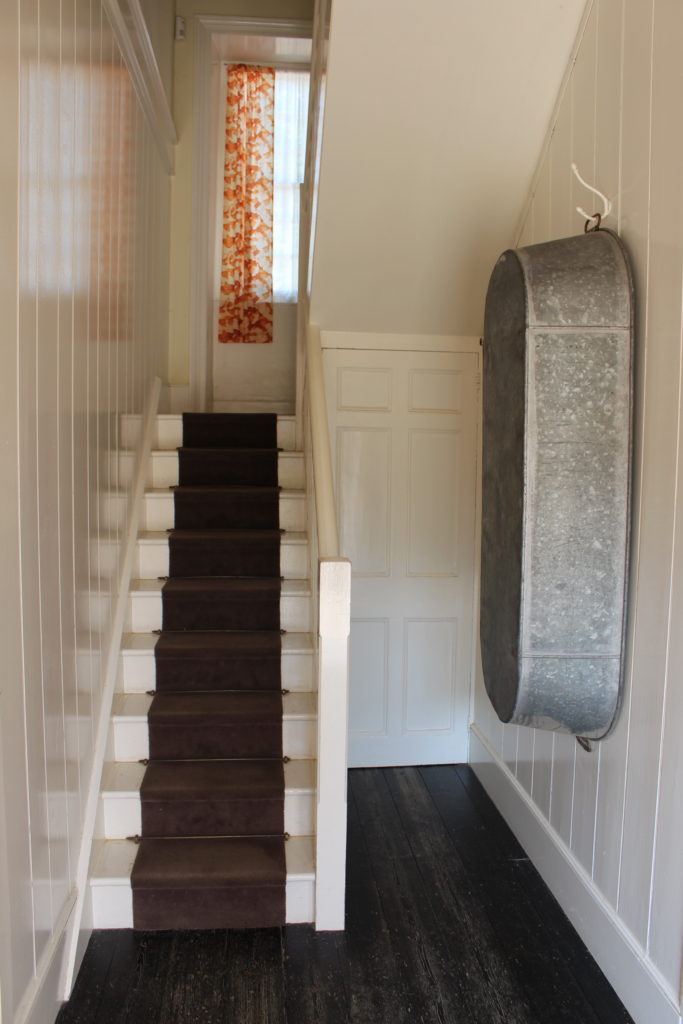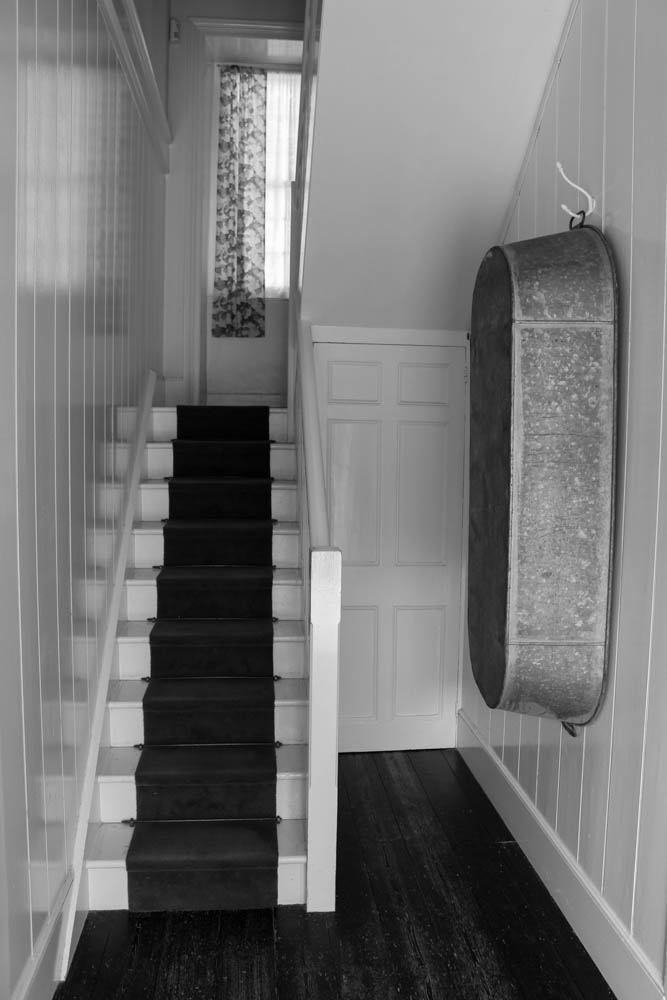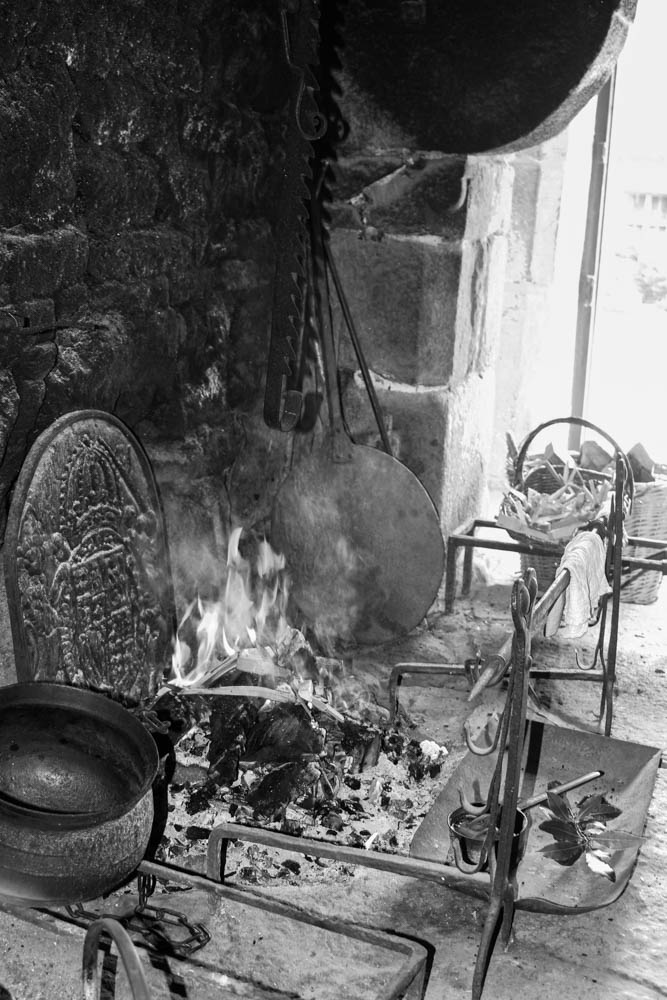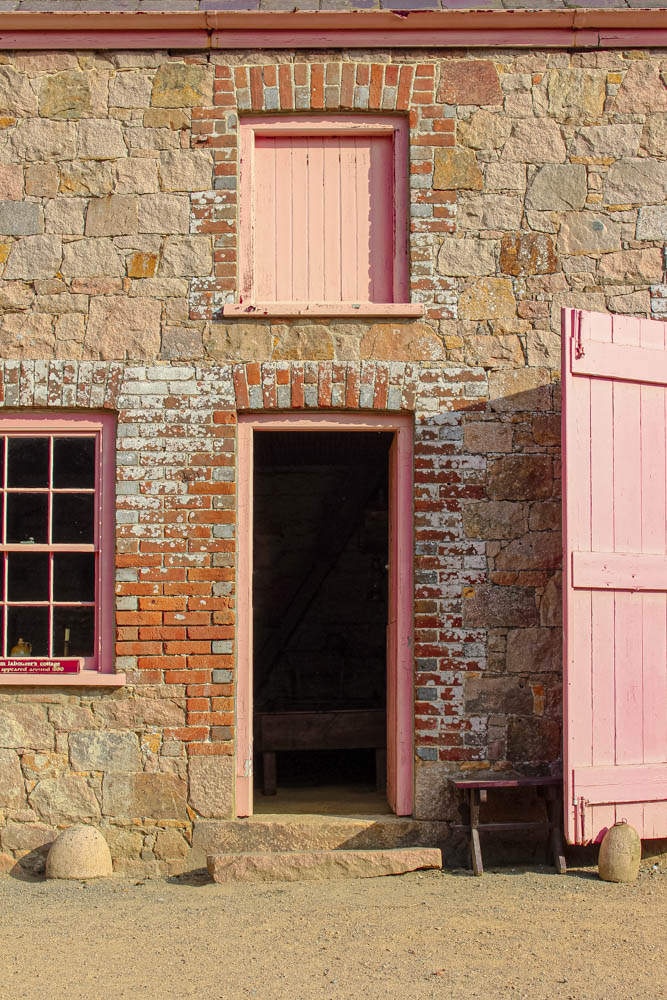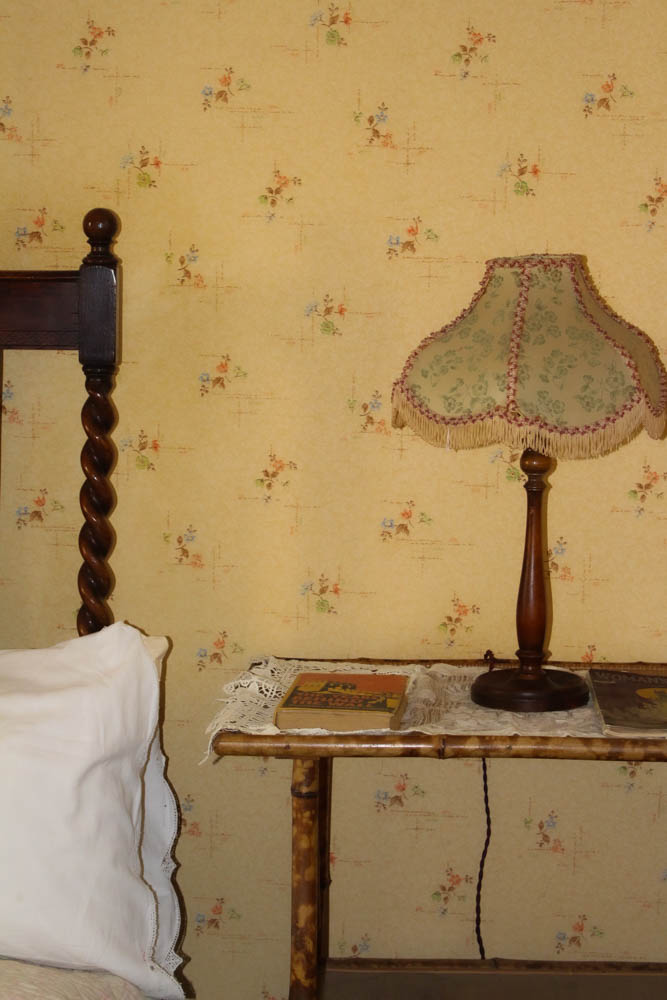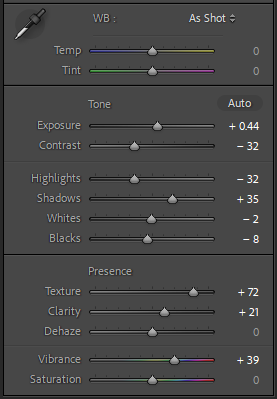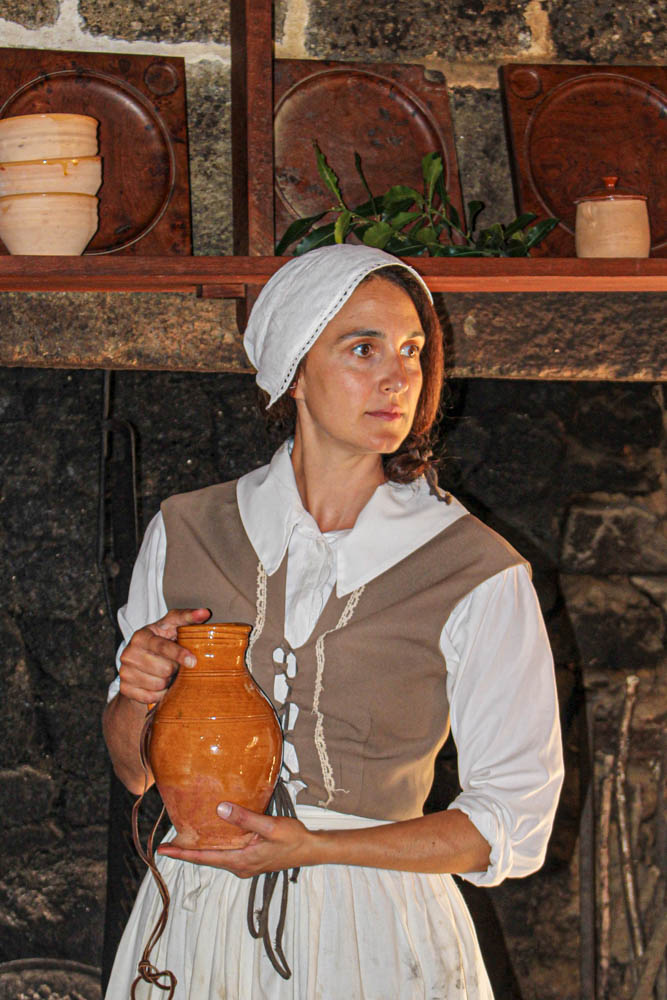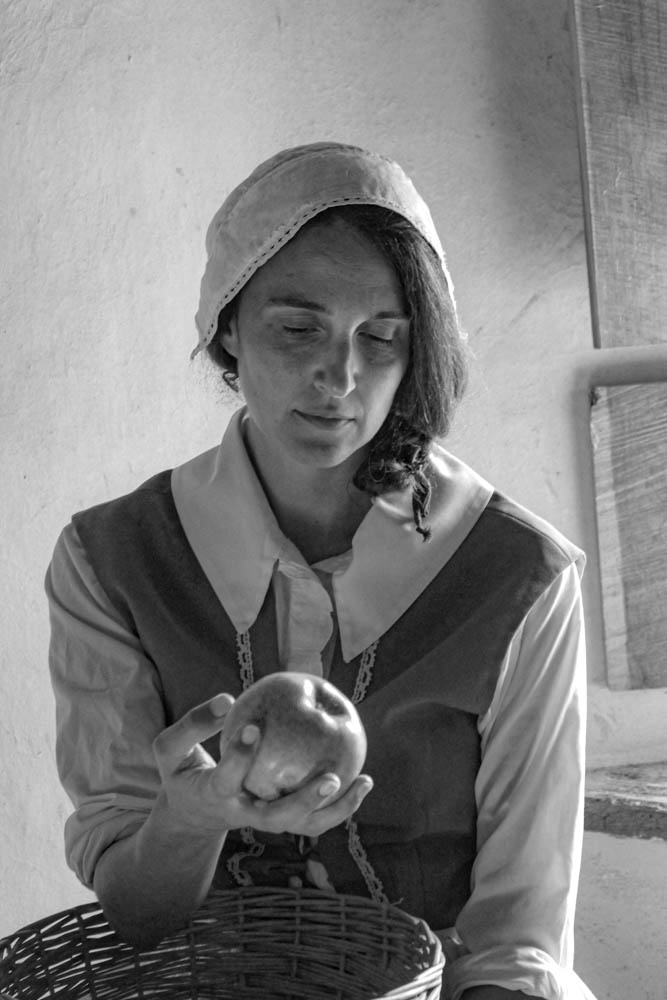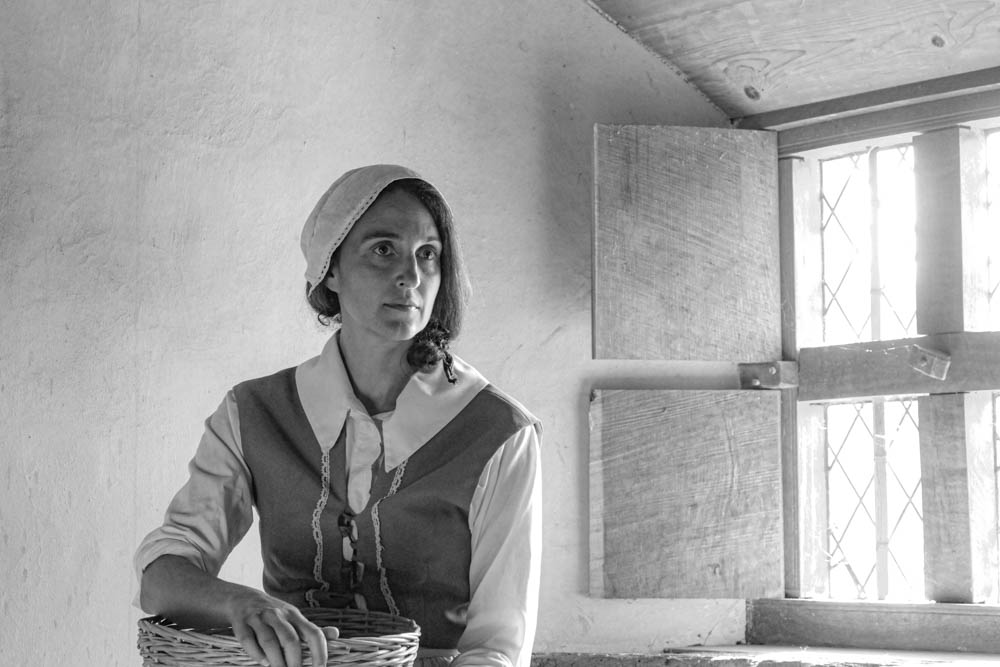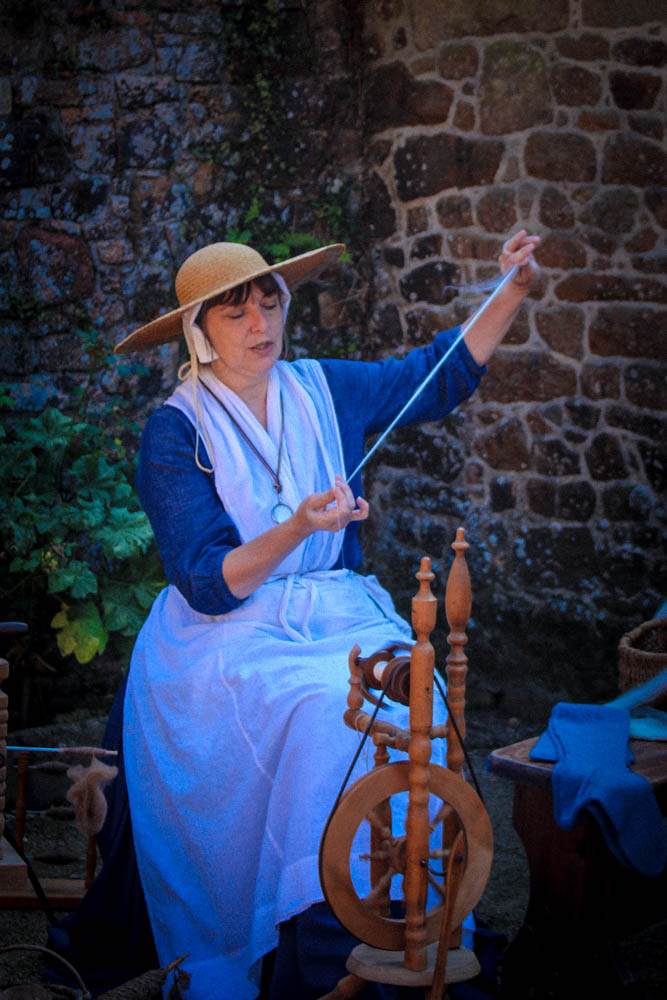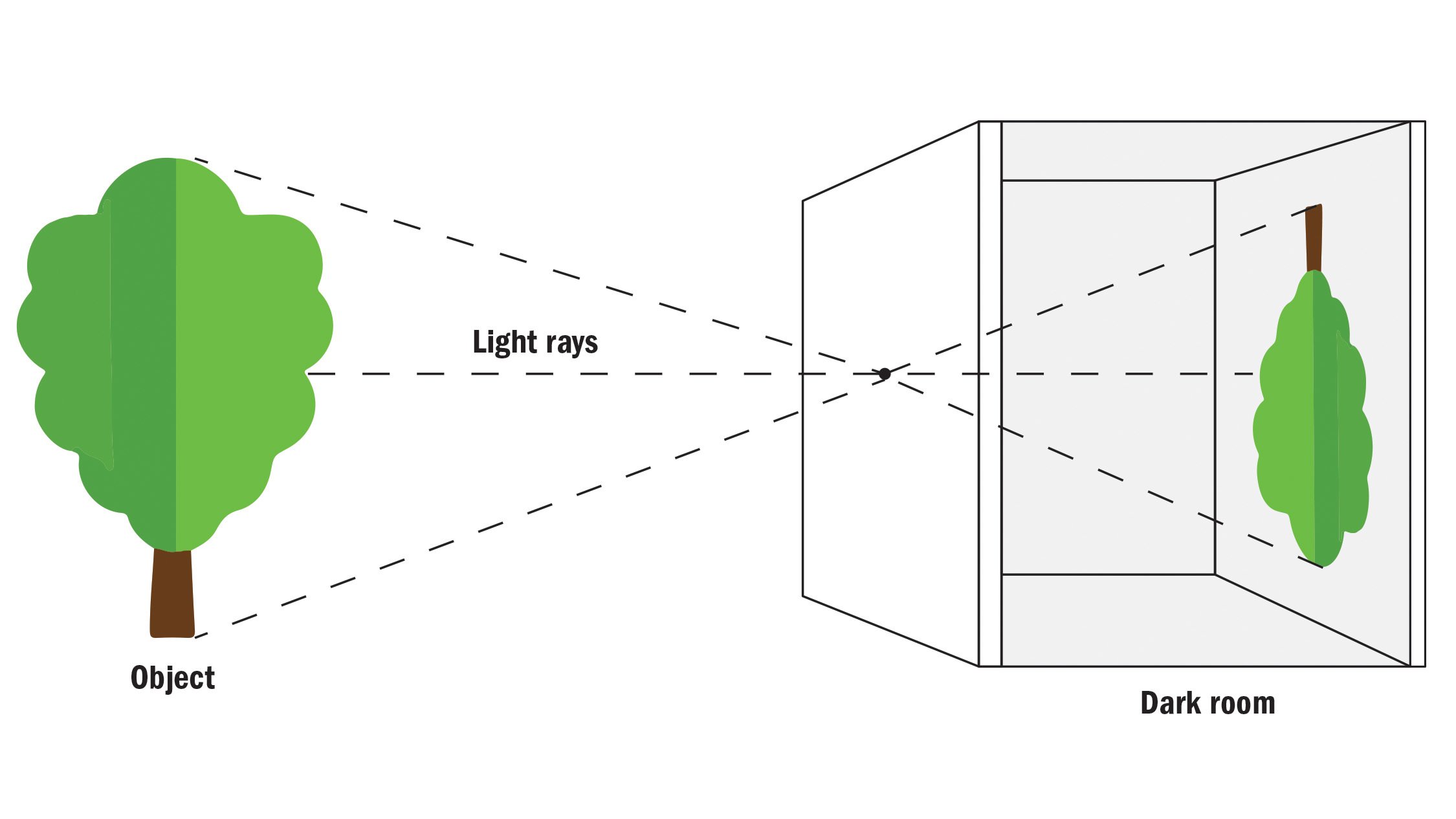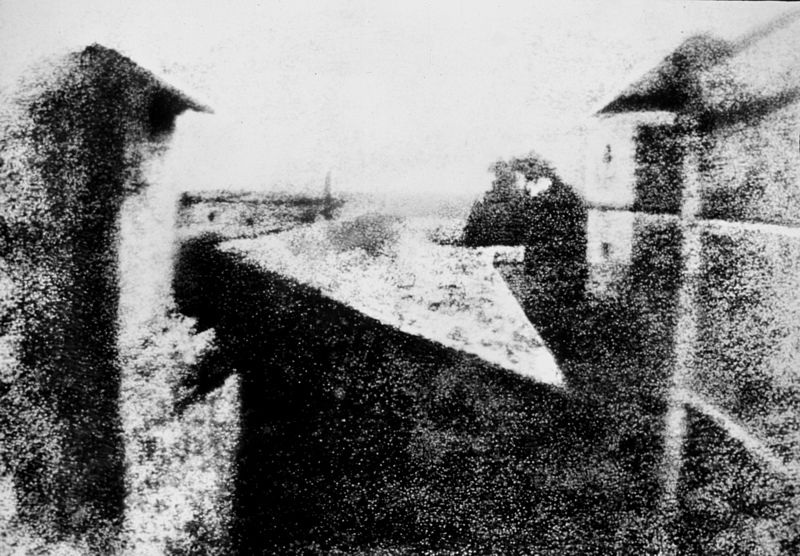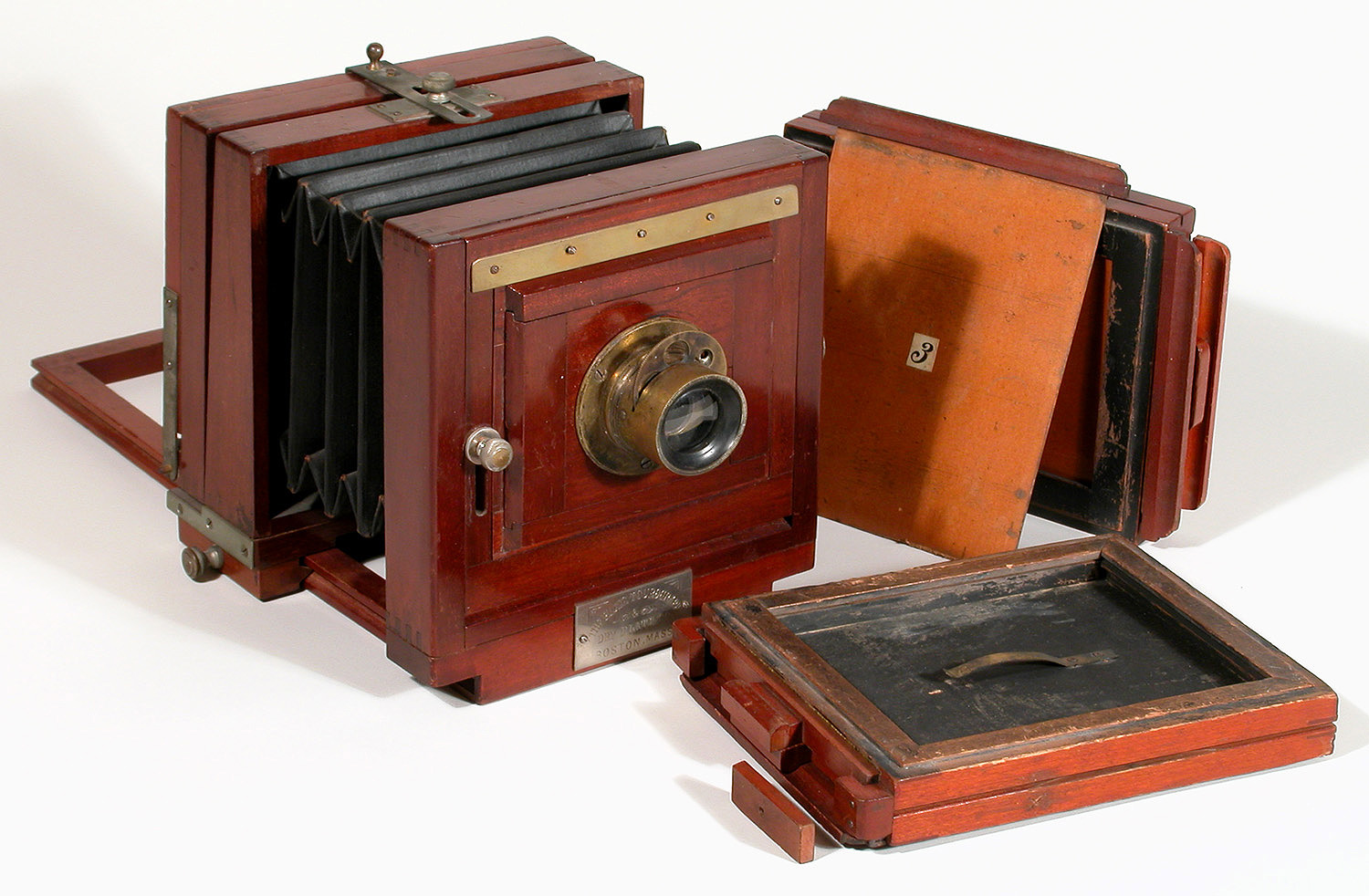An environmental portrait is a portrait executed in the subject’s usual environment, such as in their home or workplace, and typically illuminates the subject’s life and surroundings. The term is most frequently used of a genre of photography.
By photographing a person in their natural surroundings, it is thought that you will be able to better illuminate their character, and therefore portray the essence of their personality, rather than merely a likeness of their physical features. It is also thought that by photographing a person in their natural surroundings, the subject will be more at ease, and so be more conducive to expressing themselves, as opposed to in a studio, which can be a rather intimidating and artificial experience.
The surroundings or background is a key element in environmental portraiture, and is used to convey further information about the person being photographed.
Where it is common in studio portraiture and even in location candid photography to shoot using a shallow depth of field, thereby throwing the background out of focus, the background in environmental portraiture is an integral part of the image. Indeed, small apertures and great depth of field are commonly used in this type of photography.

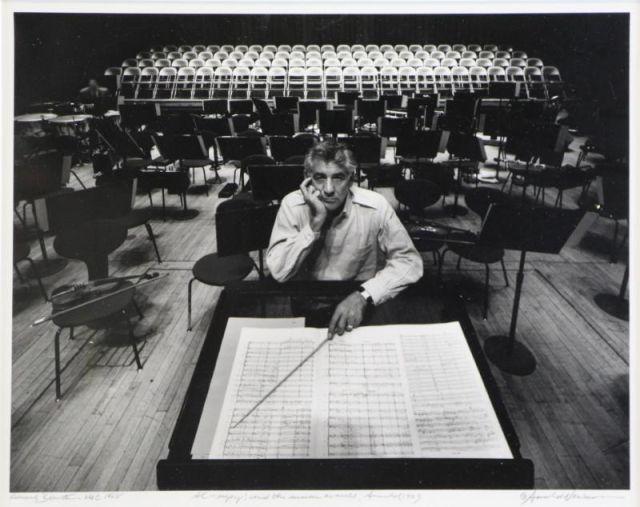
Mary Ellen Mark: (1940-2015)
Mary Ellen Mark (March 20, 1940 – May 25, 2015) was an American photographer known for her photojournalism, documentary photography, portraiture, and advertising photography. She photographed people who were “away from mainstream society and toward its more interesting, often troubled fringes”.
Mark had 18 collections of her work published, most notably Streetwise and Ward 81. Her work was exhibited at galleries and museums worldwide and widely published in Life, Rolling Stone, The New Yorker, New York Times, and Vanity Fair. She was a member of Magnum Photos between 1977 and 1981. She received numerous accolades, including three Robert F. Kennedy Journalism Awards, three fellowships from the National Endowment for the Arts, the 2014 Lifetime Achievement in Photography Award from the George Eastman House and the Outstanding Contribution Photography Award from the World Photography Organisation.
Mark was born and raised in Elkins Park, Pennsylvania and began photographing with a Box Brownie camera at age nine. She attended Cheltenham High School, where she was head cheerleader and exhibited a knack for painting and drawing. She received a Bachelor of Fine Arts in painting and art history from the University of Pennsylvania in 1962. After graduating, she worked briefly in the Philadelphia city planning department, then returned for a master’s degree in photojournalism at the Annenberg School for Communication at the University of Pennsylvania, which she received in 1964. The following year, Mark received a Fulbright Scholarship to photograph in Turkey for a year, from which she produced her first book, Passport (1974). While there, she travelled to photograph England, Germany, Greece, Italy, and Spain.
In 1966 or 1967, she moved to New York City, where over the next several years she photographed demonstrations in opposition to the Vietnam War, the women’s liberation movement, transvestite culture, and Times Square, developing a sensibility, according to one writer, “away from mainstream society and toward its more interesting, often troubled fringes”. Her photography addressed social issues such as homelessness, loneliness, drug addiction, and prostitution. Children are a reoccurring subject throughout much of Mark’s work. She described her approach to her subjects: “I’ve always felt that children and teenagers are not “children,” they’re small people. I look at them as little people and I either like them or I don’t like them. I also have an obsession with mental illness. And strange people who are outside the borders of society.” Mark also said “I’d rather pull up things from another culture that are universal, that we can all relate to…There are prostitutes all over the world. I try to show their way of life.” and that “I feel an affinity for people who haven’t had the best breaks in society. What I want to do more than anything is acknowledge their existence”. Mark was well known for establishing strong relationships with her subjects. For Ward 81 (1979), she lived for six weeks with the patients in the women’s security ward of Oregon State Hospital, and for Falkland Road (1981), she spent three months befriending the prostitutes who worked on a single long street in Bombay. Her project “Streets of the Lost” with writer Cheryl McCall, for Life, produced her book Streetwise (1988) and was developed into the documentary film Streetwise, directed by her husband Martin Bell and with a soundtrack by Tom Waits.
Mary Ellen Mark (1940- 2015) is one of the leading documentary photographers of the past half-century, and has achieved worldwide visibility through her many exhibitions, books, photo essays and portraits.
Mark traveled extensively since her first trip to Turkey on a Fulbright Scholarship in 1965. Her pictures of diverse people and cultures are groundbreaking images in the documentary field. Her essays on runaway children in Seattle, circuses and brothels in India, Catholic and Protestant women in Northern Ireland and patients in the maximum-security ward of Oregon State Mental Hospital demonstrate original and insightful ways of examining each theme. Her photographs are compassionate and factual.
Mark’s photographs have appeared in The Times Magazine, The New Yorker, Rolling Stone and Vogue. Among her many books are Ward 81 (Simon & Schuster, 1979); Falkland Road (Knopf, 1981); Mary Ellen Mark: 25 Years (Bullfinch, 1991); Mary Ellen Mark: American Odyssey (Aperture, 1999); and, most recently, Mary Ellen Mark: The Book of Everything (Steidl, 2020). Mark earned three fellowships from the National Endowment for the Arts, the Photographer of the Year Award from the Friends of Photography, the World Press Award for Outstanding Body of Work Throughout the Years, the Victor Hasselblad Cover Award and two Robert F. Kennedy Awards. She was the associate producer of the film American Heart (1992), directed by Martin Bell.
some of her work:







